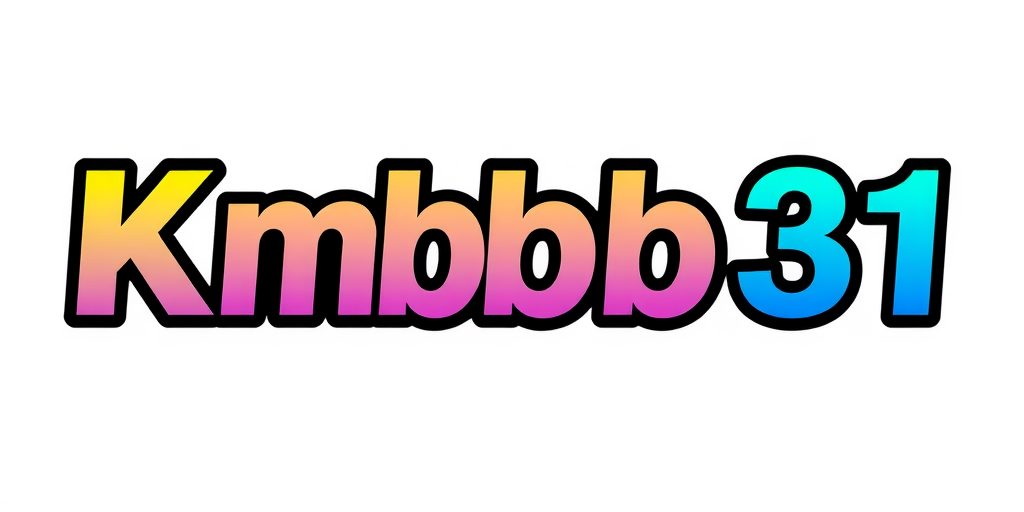The Truth Behind Censored AI Chat: Who’s Really in Control?
Artificial intelligence (AI) has made remarkable strides in recent years, transforming industries, reshaping communication, and opening doors to innovations we once thought impossible. But as AI becomes more sophisticated, it has also become more controlled censored ai chat. AI chat systems, like the one you’re interacting with now, often operate under significant restrictions. The question is: Who’s really pulling the strings behind these censored AI systems, and why?
The Role of Developers
AI chat systems are developed and maintained by companies that set specific guidelines for how these systems should behave. Developers are tasked with ensuring the AI aligns with the values, ethics, and business goals of the organization. They program the AI to filter out harmful, illegal, or offensive content to create a safer user experience. This includes enforcing rules against hate speech, disinformation, and anything that could violate laws or societal norms. While these restrictions are intended to make AI tools more ethical, they also limit the AI’s ability to fully explore and respond to user queries. Developers, however, are not the sole decision-makers in this process.The Influence of Stakeholders
Behind every major AI system lies a complex web of stakeholders. These include:- Corporate Leaders: Executives set the strategic direction for AI development, including what types of content the AI should or shouldn’t address. Their priorities often align with maintaining the company’s reputation and profitability.
- Investors: Companies rely on funding from investors who may have their own ethical or political agendas. These agendas can shape how AI systems are designed and restricted.
- Governments: Regulatory bodies play a crucial role in controlling what AI systems can do. In some countries, governments impose strict rules to prevent AI from disseminating content deemed politically sensitive or socially destabilizing.
- Advocacy Groups: Activists and organizations often lobby for or against certain uses of AI, influencing corporate policies and public perceptions.
The Hidden Hand of Public Opinion
Public opinion is another powerful force in shaping AI behavior. Companies are acutely aware of the backlash that can occur if their AI systems are seen as biased, harmful, or inappropriate. To avoid controversies, they often overcorrect by heavily censoring AI outputs. This fear of public scrutiny means that even benign or neutral topics can become off-limits if there’s a risk of misinterpretation.The Ethical Dilemma
The censorship of AI systems raises ethical questions about free speech, access to information, and the role of AI in society. Should AI tools be gatekeepers of truth, or should they simply provide information and let users decide for themselves? Striking a balance between protecting users and enabling open dialogue is a challenge that developers, companies, and regulators are still grappling with.What Can Be Done?
Transparency is key to addressing these concerns. Companies should:- Disclose Guidelines: Clearly outline the rules governing their AI systems and the rationale behind them.
- Enable Feedback: Allow users to challenge or question decisions made by the AI, creating a system of checks and balances.
- Foster Collaboration: Work with diverse stakeholders to ensure that AI systems are inclusive and fair.

